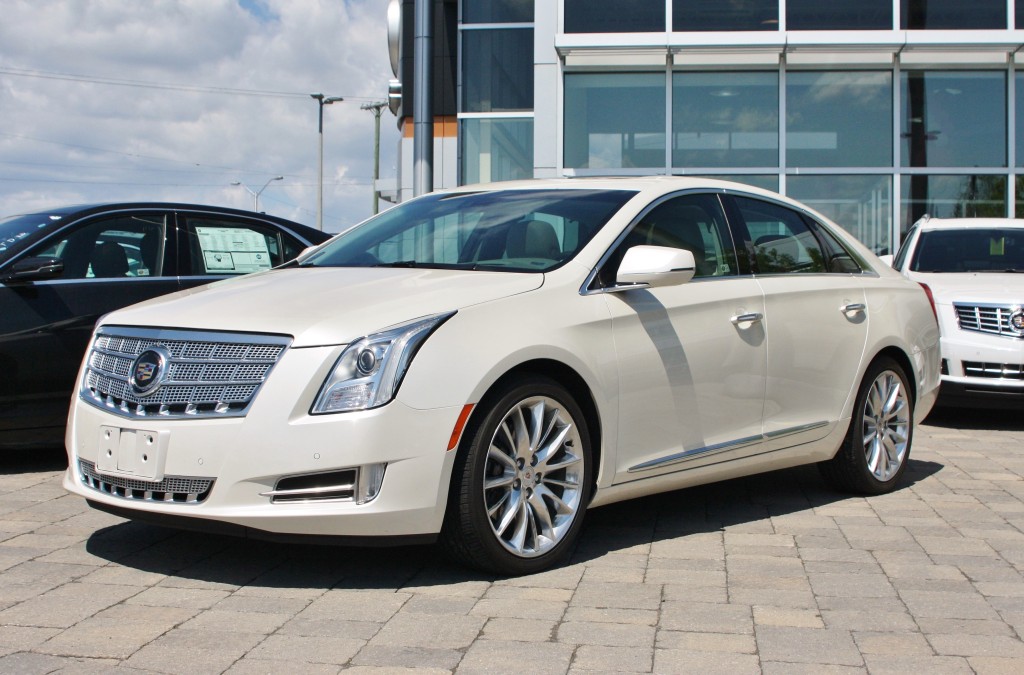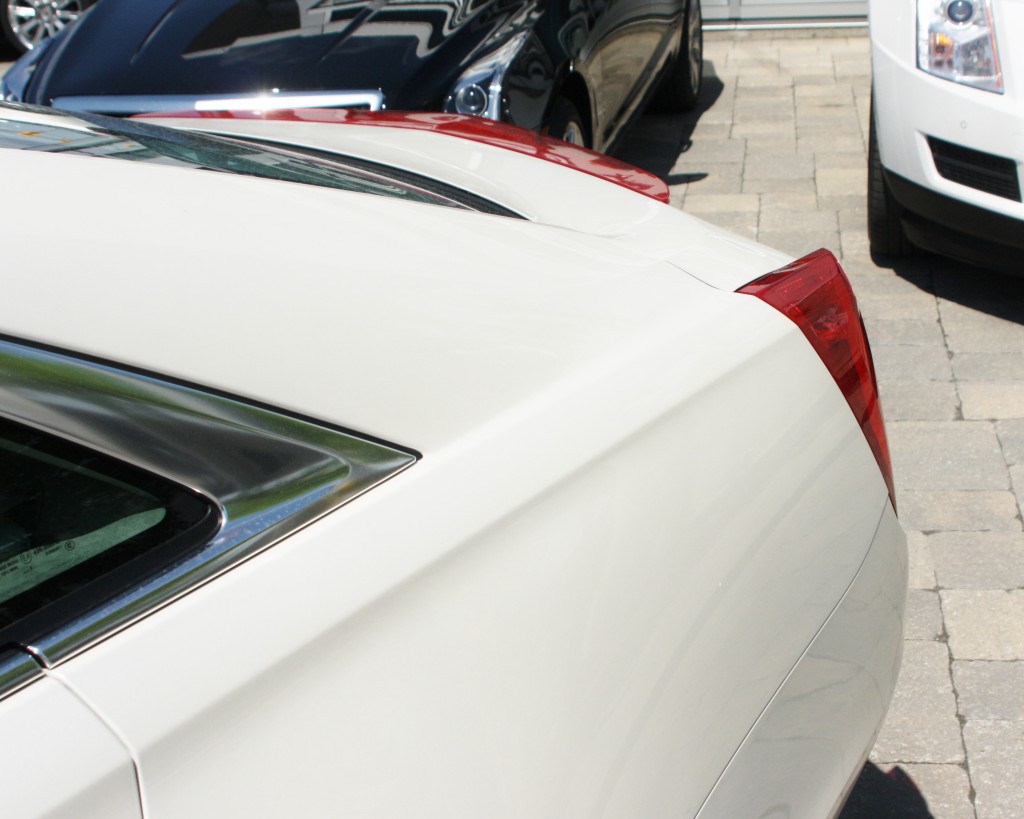In a previous post, the topic of full-size front-wheel-drive American vehicles was given a thorough look-see.
Hot stuff, I know.
In the post, I stated I felt the Buick Lucerne (2006-2011) represented the end point of a lineage of General Motors vehicles that began with the introduction of the C-Body platform in 1985. On this platform rested the downsized, front-drive Olds 98, Cadillac de Ville and Fleetwood, and the Buick Electra.
The following year, the H-Body platform added the front-drive Olds 88,Buick LeSabre and Pontiac Bonneville to the lineup. And, of course, the rest is history.
When the plush, full-size Buick Lucerne and Cadillac DTS were put out to pasture in 2011 (taking their front bench seats and 4-speed automatics with them), it seemed that the last heirs to the fortune had died.
The lineage was broken, yes, but was the spirit, too?
As Rod Serling would say if he were alive today, “Submitted for your analysis…the Cadillac XTS.”
A Chariot for the Geriatric?
It would seem that General Motors just couldn’t stomach the gaping hole the departed DTS left in its lineup, so it introduced the XTS in 2013. With the taught, import-fighting ATS and larger, business-like CTS adding fresh style and performance to the marque, GM must have realized it couldn’t alienate traditional buyers while trying to attract new ones.
The retiree community needed a traditional Caddy to drive to the early bird dinner at 4:30 p.m., and funeral homes needed livery cars for when the Last Supper has come and gone.
Though it contains modern underpinnings (a stretched Epsilon II platform), and an up-to-date drivetrain (GM’s direct-injected 3.6-litre V6 and 6-speed automatic), the XTS is clearly the spiritual successor to all those front-drive plushies that came before it.
The 3.6 makes admirable power – with 321 horsepower and 274 foot-pounds of torque on hand, an XTS driver will have no trouble getting to the pharmacy before it closes. With available all-wheel-drive, handling and all-weather capability gets a boost.
The available 410-horsepower twin-turbo V-Sport model just seems pointless, however, and I’d be curious to see who actually springs for this.
Style-wise, the XTS is something of an odd duck. The front end, viewed head-on, is inoffensive, contains adequate brightwork and clearly marks this car as a Cadillac.
Side-on, the front end appears stumpy, with the leading edge of front door nearly touching the wheel well. A long, flowing crease originating at the front fender carries on to the rear of the car, breaking up the expanse of sheet metal and giving the long sedan less of a slab-sided look.
The XTS’s side crease, flowing roofline and sharply raked C-pillar are not unattractive – at the very least, the package is inoffensive, which is the design goal of many an automaker when trying to woo traditional return buyers.
Like the abbreviated front end, the rear deck can also be seen as stumpy, despite the car’s otherwise large rear overhang. Though it’s hard to see when an XTS is scooting past, the rear taillights actually have a vestigial tail fin thing going on.
Certainly, towering fins were once the hallmark of Caddy design, so this represents a nod to the marque’s storied past. As well, given the vehicle’s short rear deck, the tiny fins serve to carry the car’s presence just a little bit further aft.
Overall, it’s something of a strange vehicle, but it’s one Cadillac clearly felt needed to exist.
How long will the XTS soldier on in the Cadillac lineup? Who knows, but it will be interesting to see what the design department does when it comes time for a mid-cycle refresh or even a full re-design.

